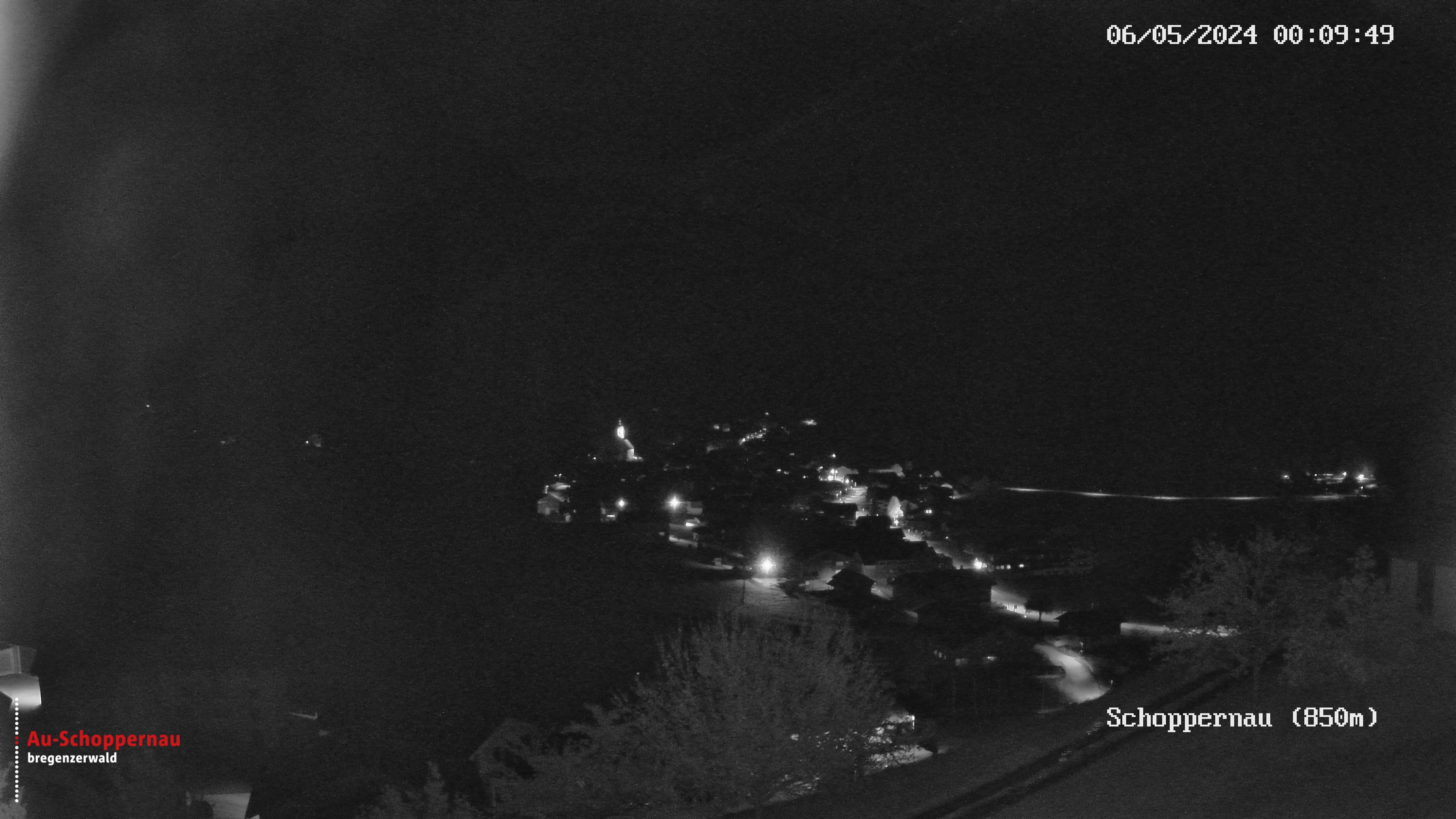“The first thing that I threw from the Lingenau Bridge was my moped,” says Alexander Dür with a laugh. “We were 16, it was summer and we were bored. The sound and the feeling when the moped hit were tremendous!” We’re sitting in Alexander Dür’s parlour, a renovated workshop and residence in a former inn called Gemsle, which is located on a hidden plateau directly above Lingenau. The Gemsle once belonged to Dür’s grandfather. Today, Alexander lives here with his wife and three sons. In the corner of this simple, homely room, glows a basic stove covered in ebony-coloured steel plates, a prototype of a line developed by Dür himself.
The first big storm of the year has just hit and millions of tiny snow flakes are flying horizontally past the window. At present, there is nothing to see of the breathtaking scenery of the Bregenzerwald. It’s a total whiteout. The moped was just the beginning: Since 2007, Dür the metalworker has also become known as the “thrower.” He throws his so-called “duercubes,” 1x1x1-m steel cubes, from bridges, cliffs, waterfalls or cable cars.
Has he always been magnetically attracted to the 90-m-high bridge above the Bregenzerach stream? Dür nods and grins: “We’ve been climbing around there since we were children and as teenagers the height and length of the vertical fall fascinated me.” In point of fact, he was never meant to apprentice as metalworker. At age 15, his parents sent him to the commercial school in Bregenz. “I wanted to be an apprentice, but that was out of the question,” he remembers running his hands through his sandy-brown hair.





